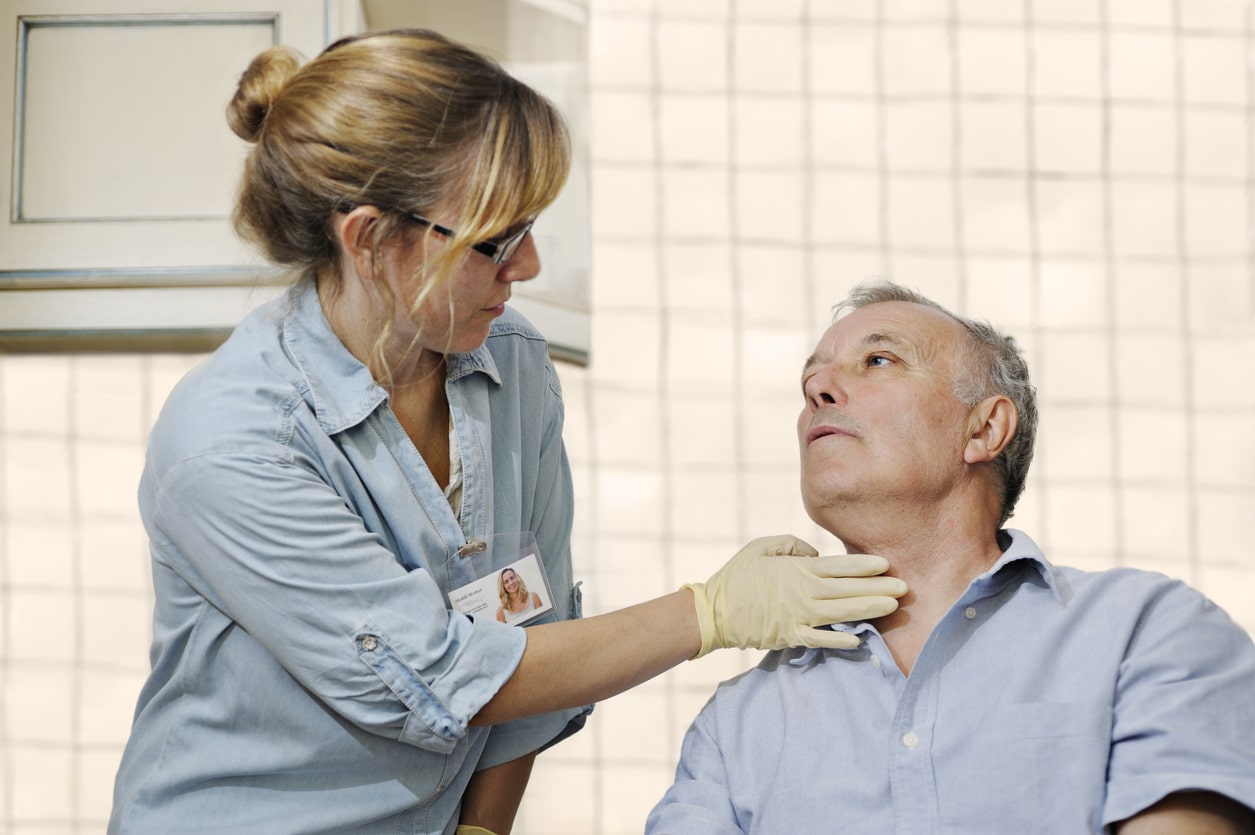Difficulty swallowing, medically referred to as dysphagia, can be an uncomfortable and sometimes painful condition. Although the exact number is hard to pinpoint, dysphagia affects approximately one in 25 adults. If you’ve been experiencing trouble swallowing food or drinks, the first step towards relief is an appointment with an ENT specialist. Let’s explore how an ENT specialist can pinpoint the cause of your swallowing difficulties and help you get started with the right treatment.
1. Symptom Check

Your ENT specialist will start by asking about your symptoms. Common symptoms include:
- Uncomfortable or slow swallowing
- Coughing or choking when eating or drinking
- Difficulty swallowing saliva (possibly leading to drooling)
- Feeling like foods or liquids went down the wrong pipe
2. Physical Exam and Tests
Next, they’ll perform tests to check the structures in your neck and head. A few common tests include:
- Esophagram. During an Esophagram, also called a barium swallow test, you will drink a barium solution that shows your throat and esophagus during an X-ray. While you swallow, your radiologist will run the X-ray to create a video of how your throat and esophagus work when you swallow. Your ENT may conduct a modified barium swallow wherein you swallow food covered in barium during the X-ray to see how your mouth moves while eating.
- Laryngoscopy. During a laryngoscopy, your ENT specialist will guide a small scope through the nose to get a closer look at your throat and voice box.
- Fiberoptic endoscopic evaluation of swallowing (FEES). Like a laryngoscopy, FEES uses a small camera inserted through the nose. However, FEES specifically examines the voice box and esophagus. During the procedure, you will consume food and liquids dyed for visibility, allowing your specialist to observe your swallowing function and detect whether any material enters the airway.
- Esophagoduodenoscopy (EGD). During an EGD, or upper endoscopy, your specialist will guide a scope down your throat to take pictures of the throat, esophagus and stomach.
- Esophageal manometry. During an esophageal manometry, your ENT will guide a tube through your nose into your stomach. When the tube is in place, you will drink water while the tube measures the esophagus contraction.
3. Treatment Consultation
After conducting the necessary tests, your ENT specialist will help you find the right treatment. Common treatments include medication, lifestyle changes or surgery. In serious cases, a feeding tube may be necessary.
If you’ve been experiencing difficulty swallowing, contact Ear, Nose & Throat Associates to schedule an appointment with one of our specialists.